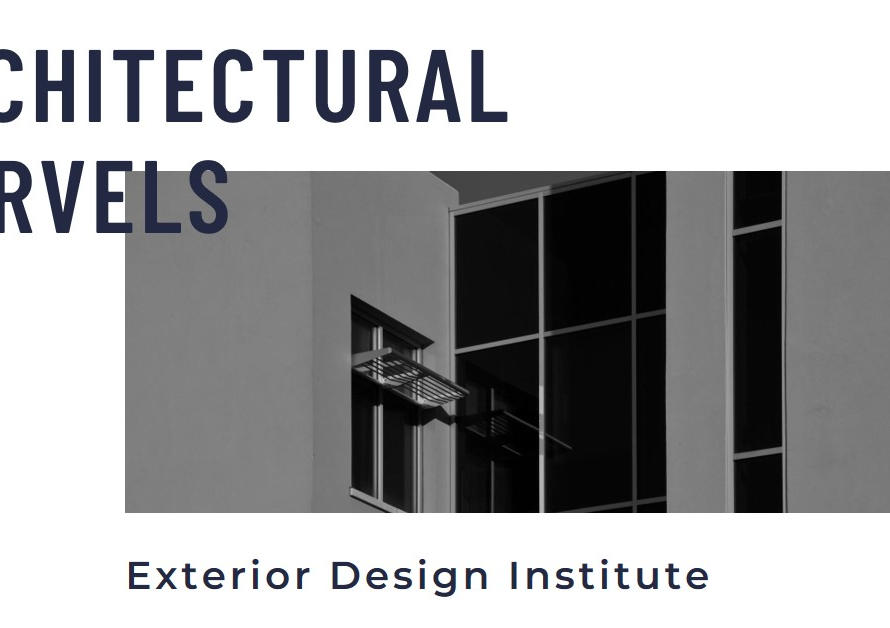
Table of Contents
1. Introduction: Fostering Motivation and Inspiration in Architectural Teams
Motivated and inspired architectural teams are the backbone of successful projects, driving innovation, creativity, and excellence in design. In this blog post, we delve into effective strategies and easy-to-implement techniques for keeping your architectural staff motivated and inspired throughout their projects and careers.
2. Cultivating a Positive Work Environment
Creating a positive work environment is fundamental to fostering motivation and inspiration among architectural teams. Encourage open communication, collaboration, and mutual respect within the team and across departments. Recognize and celebrate achievements, milestones, and contributions regularly, reinforcing a culture of appreciation and positivity. Providing opportunities for professional development, training, and skill enhancement also contributes to a positive work atmosphere where team members feel valued and motivated to excel.
3. Setting Clear Goals and Expectations
Clear goals and expectations empower architectural staff to focus their efforts, prioritize tasks, and align their work with broader project objectives. Ensure that goals are SMART (Specific, Measurable, Achievable, Relevant, Time-bound) and communicate them effectively to team members. Regularly review progress, provide constructive feedback, and offer support or resources as needed to help individuals and teams achieve their goals effectively.
4. Encouraging Creativity and Innovation
Architecture thrives on creativity and innovation, and encouraging these traits among your team members can lead to groundbreaking designs and solutions. Create opportunities for brainstorming sessions, design charrettes, and collaborative idea-sharing sessions. Empower team members to explore new technologies, materials, and design approaches, fostering a culture of experimentation and continuous improvement. Recognize and reward innovative ideas and contributions, inspiring others to think outside the box and push boundaries in their work.
5. Providing Adequate Resources and Support
Motivation often stems from having the right tools, resources, and support to perform tasks effectively. Ensure that your architectural team has access to cutting-edge software, hardware, design libraries, and relevant literature or research materials. Provide ongoing training, workshops, and mentorship programs to enhance skills, foster learning, and facilitate career growth within the organization. Offering logistical support, such as flexible work arrangements or ergonomic workspaces, also contributes to a positive and motivating work environment.
6. Promoting Work-Life Balance
Maintaining a healthy work-life balance is crucial for long-term motivation and well-being among architectural professionals. Encourage reasonable work hours, promote breaks and downtime, and discourage overwork or burnout. Foster a culture that values time off, vacations, and personal pursuits, recognizing that a well-rested and rejuvenated team is more productive, creative, and motivated in the long run.
7. Emphasizing Purpose and Impact
Helping architectural staff connect their work to a broader purpose and impact can significantly boost motivation and inspiration. Highlight the positive contributions of architectural projects to communities, sustainability efforts, user experiences, or cultural preservation. Encourage discussions about the meaningfulness of design choices, environmental considerations, and social impact, instilling a sense of pride and purpose in the work they do.
8. Facilitating Collaboration and Teamwork
Collaboration and teamwork are integral to successful architectural projects, fostering shared ownership, collective problem-solving, and synergy among team members. Create cross-functional teams for projects, encourage knowledge sharing, and facilitate regular team meetings or stand-ups to discuss progress, challenges, and opportunities. Celebrate team achievements and milestones collectively, reinforcing the value of collaboration and teamwork in achieving project success.
9. Offering Recognition and Rewards
Recognizing and rewarding excellence, dedication, and innovative contributions motivates architectural staff to perform at their best. Implement a robust recognition program that acknowledges individual and team achievements through awards, bonuses, promotions, or public recognition within the organization or industry. Tie recognition to core values, project outcomes, or exceptional performance criteria, reinforcing desired behaviors and outcomes.
10. Seeking Feedback and Continuous Improvement


Lastly, fostering a culture of feedback, openness, and continuous improvement enables architectural teams to grow, learn, and adapt in dynamic environments. Solicit feedback regularly from team members regarding work processes, challenges, and areas for improvement. Act on constructive feedback, involve teams in decision-making processes, and prioritize continuous learning and skill development initiatives based on feedback insights. Encourage a growth mindset where mistakes are viewed as learning opportunities, fostering resilience, creativity, and motivation in the face of challenges.
Conclusion: Nurturing Motivation and Inspiration
By implementing these strategies and fostering a supportive, empowering, and purpose-driven work environment, architectural leaders can cultivate motivated, inspired, and high-performing teams capable of delivering exceptional design outcomes and driving innovation in the field of architecture. Recognizing the unique talents, aspirations, and contributions of team members while providing them with the necessary resources and opportunities for growth sets the stage for long-term success and fulfillment in architectural careers.


